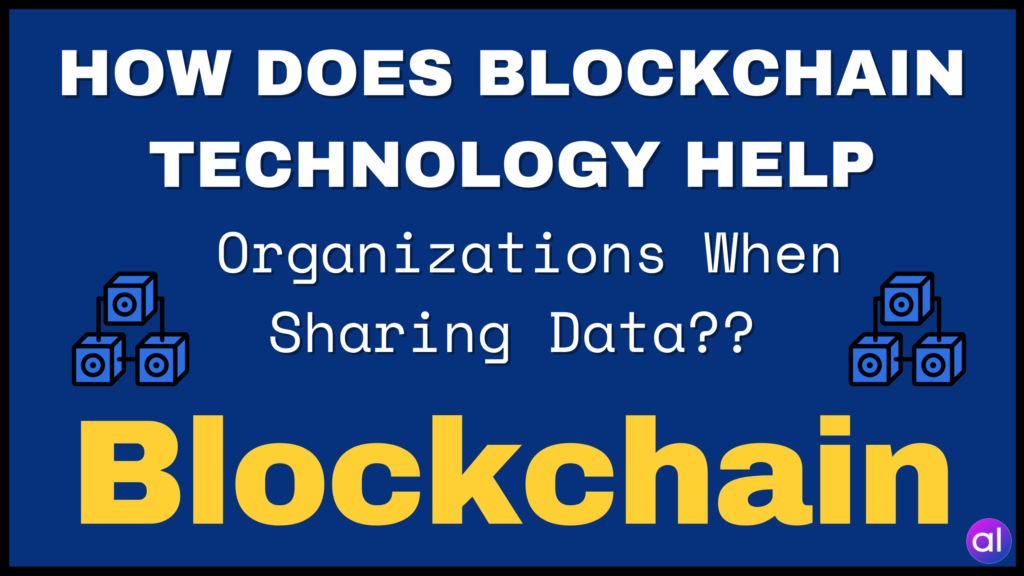In this article, we delve into the origins of Telegram’s crypto network, tracing its evolution into the TON blockchain.
We explore the technical features that have propelled this project to success in the web3 sector.
Read on for a detailed look at everything.
Telegram’s Initial Crypto Venture in 2017
In 2017, Telegram founders Pavel and Nikolai Durov explored blockchain solutions due to the platform’s massive user traffic.
Unable to find a suitable crypto network, they launched their project in 2018 as the “Telegram Open Network” with the GRAM token.
The public sale of GRAM aimed to finance the company’s crypto endeavors.
However, legal issues led to the project’s abandonment, with the Durov brothers returning investors’ funds.
The Emergence of TON Blockchain
Despite the setbacks, Telegram continued developing the Open Network, releasing a lite client, source code, and testnet.
The project transitioned to a decentralized model, leading to the birth of TON blockchain.
TON (Toncoin) became a community-managed asset, propelling Telegram’s evolution in the crypto space.
Features of TON Blockchain
TON boasts advanced features like dynamic sharding for scalability and instant routing for efficient network propagation.
The Catchain Consensus mechanism ensures reliable distributed consensus, while Proof of Stake maintains network integrity.
The integration with Telegram app allows seamless Toncoin transactions and smart contract execution.
Growth of Telegram’s Crypto Ecosystem in 2024
By 2024, Telegram’s crypto network gained mainstream adoption, ranking 20th by total value locked.
Initiatives like profit-sharing with channel owners and play-to-earn games propelled TON’s popularity.
The integration of USDT and incentives for community participation further boosted the network’s success.
Telegram’s crypto ecosystem is poised for mass adoption, setting new benchmarks in the crypto landscape.



